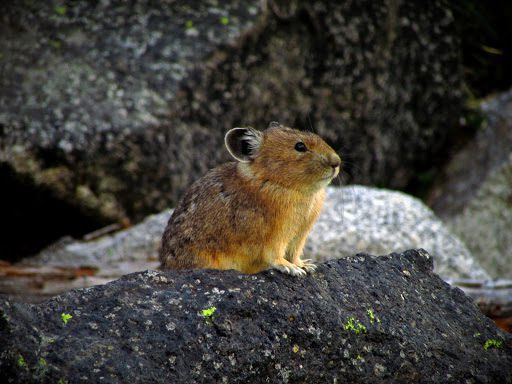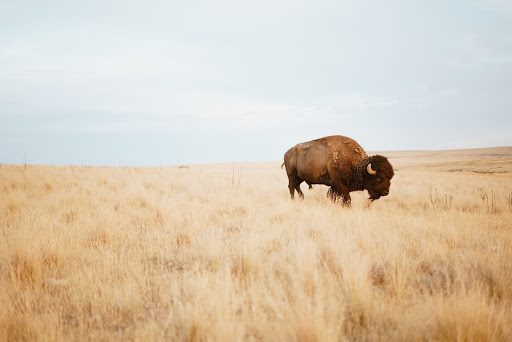There are few things as thrilling as seeing a wild animal roam free in its natural habitat, whether it’s a buffalo galloping across a prairie, a grizzly bear prowling for fish, a whale exploding out of the water or a bald eagle soaring through the skies. If viewing wildlife sounds like the perfect vacation – or the perfect opportunity to grab a social media snapshot – you’re in luck: many of these animals are easy to spot at national parks from coast to coast.
The National Park Service (NPS) boasts 423 different areas that span more than 85 million acres in all 50 states as well as the District of Columbia, American Samoa, Guam, Puerto Rico, and the Virgin Islands. You’ll find no shortage of wildlife at these national parks, ranging from bison, bears, wolves, and moose to hundreds of types of fish, birds, and reptiles.
Keep reading to learn about the best national parks to see and photograph wildlife. Before heading out, be sure to check the NPS website at www.nps.gov for information on opening dates and hours, entrance requirements, contact information, and COVID-19 restrictions (if applicable). You’ll also want to familiarize yourself with proper behavior when viewing wildlife to protect both yourself and the animals.
1. Great Smoky Mountains National Park, North Carolina/Tennessee
If there were an award for biological density, Great Smoky Mountains National Park might win it. The park is home to more than 19,000 documented animal and plant species, and scientists reckon an additional 80,000 to 100,000 species may actually live there. This biodiversity has earned the park an UNESCO World Heritage Site designation. You’ll find about 65 species of mammals here, along with 200 varieties of birds, 67 native fish species, and more than 80 types of reptiles and amphibians. The star of the show is the black bear – Great Smoky is home to the largest protected black bear habitat east of the Mississippi and boasts about 1,500 black bears.
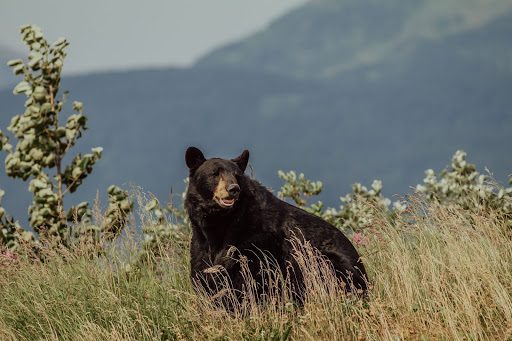
2. Yellowstone National Park, Wyoming
Yellowstone is the park to visit if you want to see iconic North American animals like bison, wolves, grizzly bears, black bears, elk, moose, deer, and bighorn sheep. Nearly 60 mammal species call Yellowstone home, along with a wide variety of birds such as bald eagles, ravens, sandhill cranes, and trumpeter swans.

3. Theodore Roosevelt National Park, North Dakota
Located in the North Dakota badlands, Theodore Roosevelt National Park is divided into three sections: the North Unit, South Unit, and Roosevelt’s Elkhorn Ranch. You’ll find plenty of wildlife here, including American bison, elk, coyotes, white-tailed deer, mule deer, mustangs, and prairie dogs. You can view them the way cowboys did, on horseback, or from a hike, or scenic drive around the park.

4. Channel Islands National Park, California
This breathtaking mountainous group of islands, located off the coast of Santa Barbara, boasts more than 2,000 species of plants and animals. This explains why it’s known as “the Galapagos of North America.” At least four types of animals in the park are endemic to the U.S. – the Channel Islands fox, deer mouse, spotted skunk, and island fence lizard. The main attraction may be the ocean mammals, which include dolphins, California sea lions, gray whales, humpback whales, and seals.
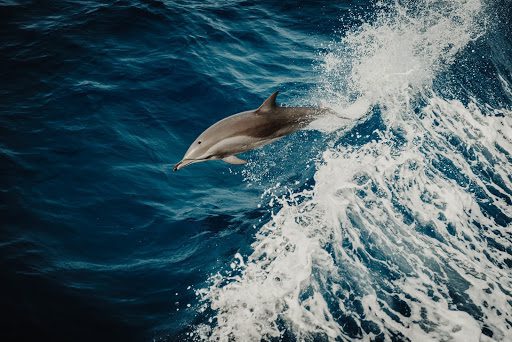
5. Katmai National Park, Alaska
If you have a fascination with brown bears, head to Katmai National Park located on Alaska’s southern peninsula. You’ll see some of the world’s biggest brown bears in and around the park’s Brooks Falls, as well as plenty of salmon. Just be prepared to do some logistical planning ahead of time. No roads lead into Katmai, so you’ll have to charter a floatplane from one of the nearby towns.
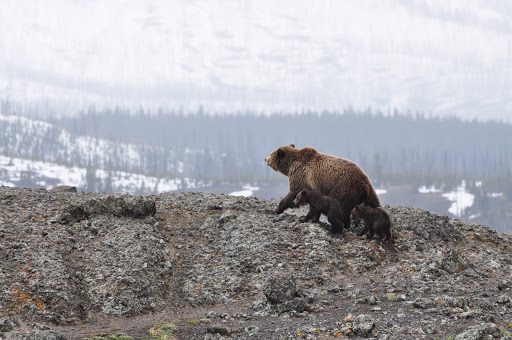
6. Isle Royale National Park, Michigan
Isle Royale is one of the NPS’s best-kept secrets, which means it’s the perfect place to get away and see moose, deer, and the occasional wolf. The park is located in the northwest corner of Lake Superior, which means you’ll also find plenty of birds and fish. Similar to Katmai, you’ll need to use a boat or seaplane to access Isle Royale.
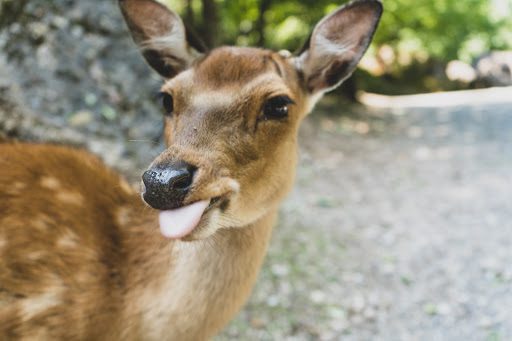
7. Everglades National Park, Florida
The Florida Everglades comprise the largest tropical wilderness in the country as well as the largest mangrove ecosystem in the Western Hemisphere. The park itself is the third-largest in the contiguous United States, behind Yellowstone and Death Valley. Despite its vastness, it only takes about an hour to drive from downtown Miami to the Everglades’ visitor center. The park’s network of wetlands, waterways, and forests make it an ideal habitat for alligators, panthers, water birds, and both fresh and saltwater fish.
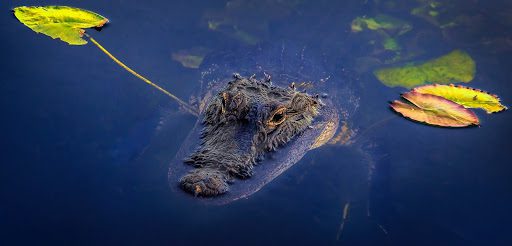
8. Glacier National Park, Montana
Glacier is located along the Canadian border and is home to one of the largest grizzly bear populations in North America. You’ll also find bighorn sheep, mountain goats, elk, moose, and deer, as well as a variety of fish and birds. The best way to spot them is either hiking or taking a scenic drive.
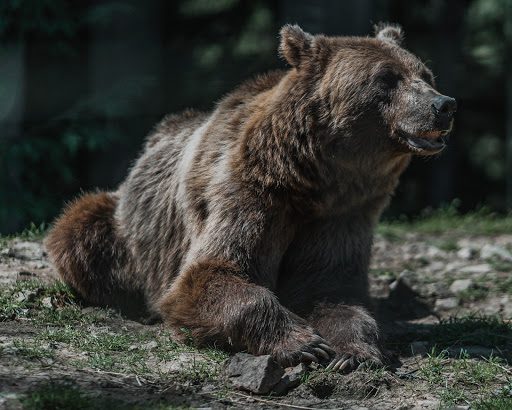
9. Olympic National Park, Washington
Olympic’s diverse geography of mountains, meadows, forests, and beaches gives wildlife watchers plenty of opportunities to spot different kinds of animals. The mountain areas are good for viewing deer and bears, while you’ll find Roosevelt elk in the meadows. Head for the coastline, and you have a good chance of seeing sea lions, seals, whales, sea otters, and dolphins. This park is also home to the banana slug – which grows almost a foot long – as well as the Olympic torrent salamander, Olympic snow mole, and Olympic marmot.
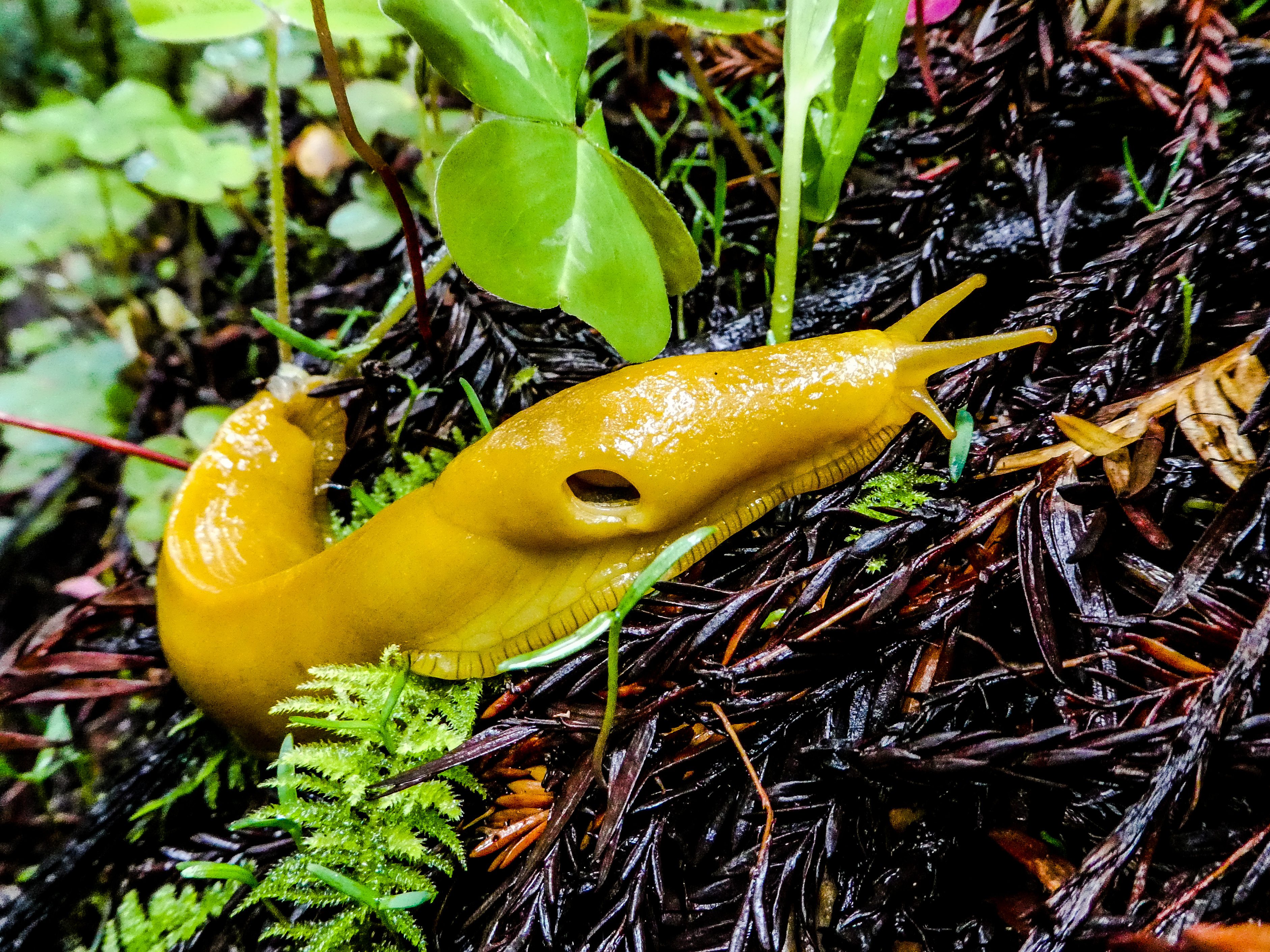
10. Rocky Mountain National Park, Colorado
You’ll find plenty of large mammals at Rocky Mountain, including mule deer, moose, elk, black bears, mountain lions, and bighorn sheep. The park is also home to smaller creatures such as pikas, marmots, bats, beavers, and numerous species of birds. Rocky Mountain is a great place to view wildlife while cycling, hiking, or rock climbing.
